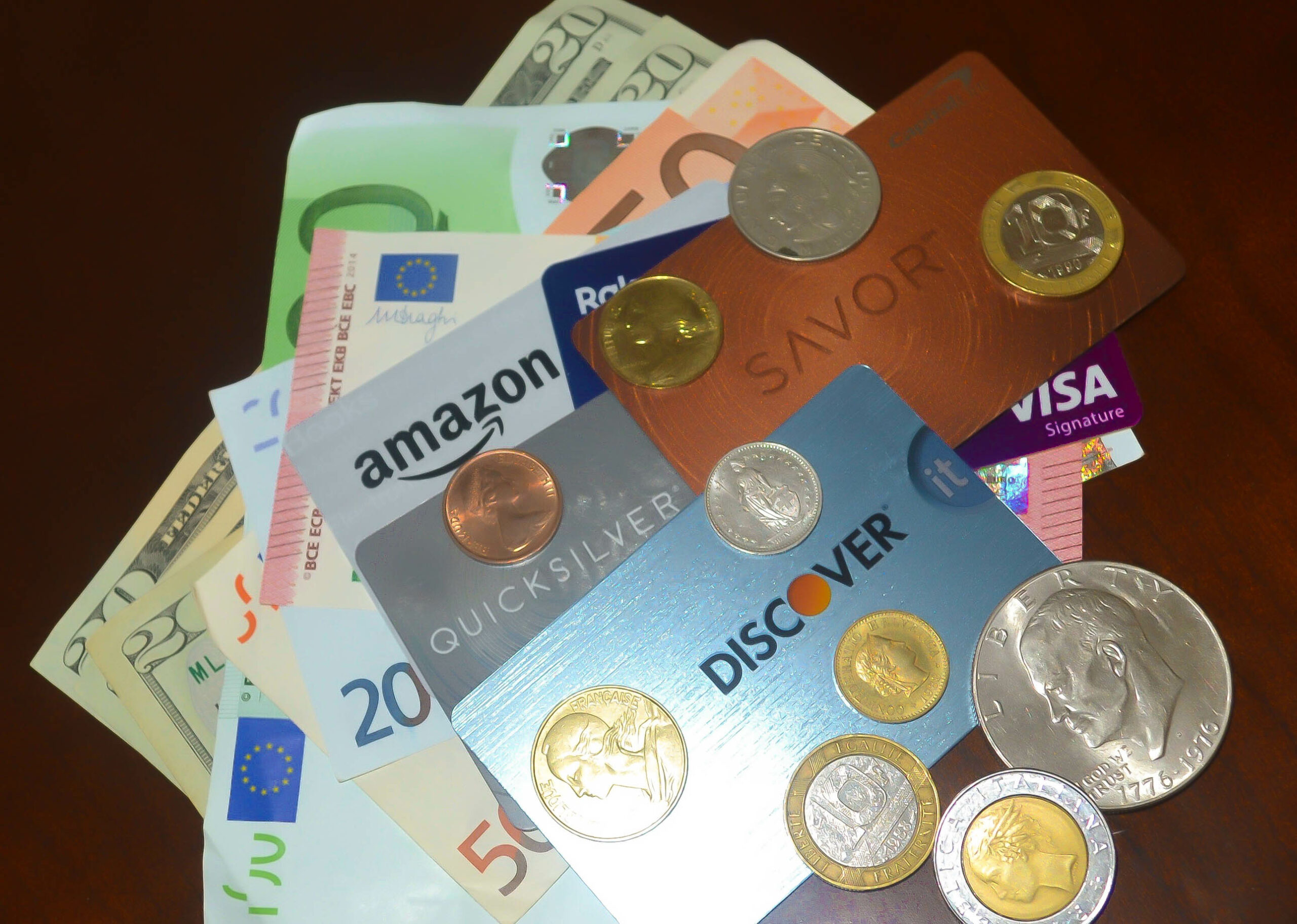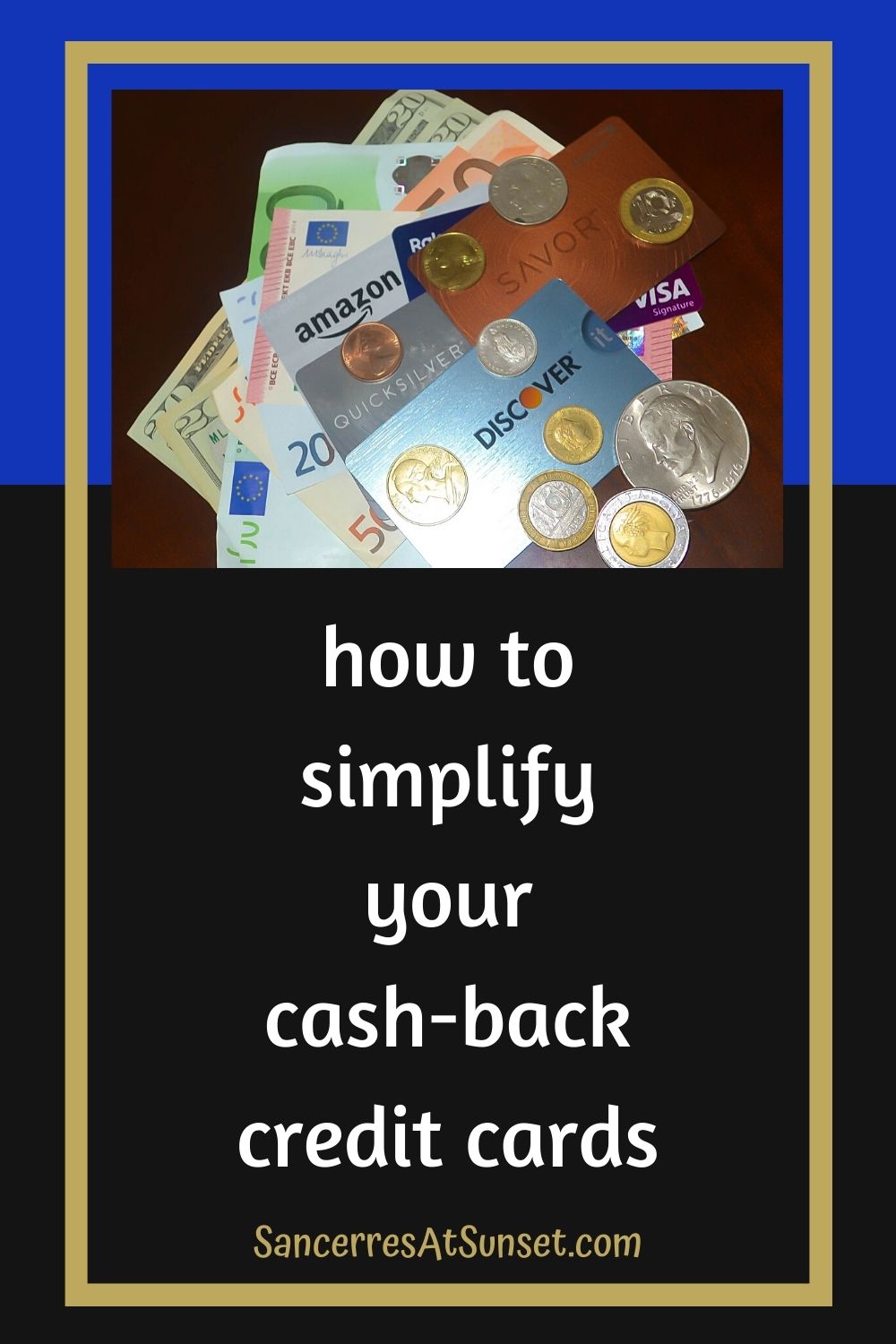How to Simplify Your Cash-Back Credit Cards

WalletHub earlier this month released a report on Best Credit Card Rewards Programs, along with a consumer survey. The personal-finance site found that 28 percent of consumers’ views toward the programs changed during lockdown, as people started seeing more clearly a need for rewards tailored to their current spending. But that requires a strategy.
This post contains affiliate links. For more information, click here.
Nearly one in four people said that credit-card rewards are “hard to use”. Well, they can be a hassle, but they’re worth it. If you’re a single American with a taxable income of $100,000, and you spend half that amount on a card that pays you 2 percent cash back, you’ll have earned yourself a $1,000 bonus in a year–after taxes. If an employer paid you that same $1,000 bonus, you’d have to pay a whopping $280 in federal taxes (at your 2021 marginal rate of 28 percent) plus whatever your state of residence claims as its cut.
One way to minimize the hassle of rewards cards is to choose cash-back, as opposed to other benefits like miles. Approximately 76 percent of respondents to the WalletHub study said that cash-back is the best reward. “Cash back is the most straightforward type of credit card rewards. It’s clear how much cash back credit card rewards are worth. And credit card companies can’t devalue cash back by raising prices on redemption, like they can with points and miles,” said explains WalletHub analyst Jill Gonzalez. “Points and miles aren’t as flexible as cash back, which can be used to pay for anything.”
Focusing on cash-back also helps you limit the number of cards you need. My advice is to combine a couple of cards that pay a good overall cash-back rate of 1-2 percent on all or most of your spending with a few cards that pay a great rate of 3-5 percent for specific kinds of purchases. This way, you can maximize rewards on your own biggest spending categories, and earn at least a little back elsewhere, without turning managing your cards into a part-time job.
WalletHub found that Capital One has the best rewards program. The bank offers two solid cash-back cards, neither of which charges foreign-transaction fees:
- The Capital One Quicksilver card pays a blanket rate of 1.5 percent cash-back on most spending. Click here to apply.
- The Capital One Savor card pays a great rate of 4 percent cash-back on dining and entertainment, including some streaming services, 3 percent at grocery stores, and 1 percent elsewhere. Click here to apply.
Discover does not charge an annual fee, and offers a few rewards cards. My recommendation:
- The Discover it card offers a blanket 1 percent cash-back on most spending, and 5 percent on rotating quarterly categories, like restaurants and gas stations, on up to $1,500 in purchases, which comes out to $75 per quarter. The first 10 readers who sign up through this link will each be eligible to receive a $50 bonus credit.
Visa Signature is a higher tier of credit cards that come with extra benefits, which can include things like concierge assistance and special perks at luxury hotels. A couple of cards stand out:
- The Amazon Prime Rewards Visa Signature card pays 5 percent cash-back at Amazon and Whole Foods, 2 percent at restaurants, gas stations, and drug stores, and 1 percent elsewhere. On Prime Day this year, it is giving Prime members up to 10 percent cash-back on some best-selling items. As of this writing, you will also receive a $150 Amazon gift card immediately upon approval. And there’s no annual fee. Click here to apply.
- The Rakuten Visa Signature card earns 3 percent cash-back on purchases made through Rakuten and 1 percent elsewhere. If you’re not familiar with Rakuten, it’s a rewards program that pays you cash-back for shopping with its partners, which range from department stores to travel-booking sites. I’ve earned as much as 12 percent cash-back on purchases at Talbots, for example. The credit-card rewards are in addition to your base earnings, meaning that you could earn 15 percent cash-back by using a Rakuten Visa to purchase from a Rakuten partner offering 12 percent cash-back. The card also has no annual fee. Click here to join Rakuten.
How do credit-card companies pay these generous bonuses? By charging interest and fees. So how do you make sure you come out ahead? By paying as little as possible. With interest, that’s simple: Don’t pay it; don’t carry a balance.
Fees are slightly more complicated. There are two kinds of fees: consumer fees, primarily late fees and annual fees, which you pay directly, and processing or “swipe” fees, which a merchant pays for charging your credit card.
You have control over consumer fees. The solution to late fees is equally simple: Don’t pay them either; pay your bills on time. And if you don’t, your credit won’t qualify for the best rewards cards anyway.
Annual fees are a bit stickier. You certainly don’t have to pay them. In fact, WalletHub found that more than 50 percent of people refuse to apply for cards with annual fees. But this might not be the most cost-efficient approach. “It’s best to focus on net value when comparing credit cards with rewards and then apply for whichever card enables you to save the most money, after subtracting annual fees,” said Jill Gonzalez. “Some of the best rewards credit cards overall actually do charge annual fees.”
On the other hand, there’s nothing you can do about processing fees; they’re reflected in the prices the merchant charges you for goods and services, along with all his other overhead.
The bottom-line is this: If you’re using cash, you’re losing cash. These rewards are out there, and you’re paying for them in consumer prices (if nothing else) whether you reap them or not, so you might as well reap them. I hope I’ve made it a little easier for you to do so.

After my misspent youth as a wage worker, I’m having so much more fun as a blogger, helping other discerning travellers plan fun and fascinating journeys. Read more …








